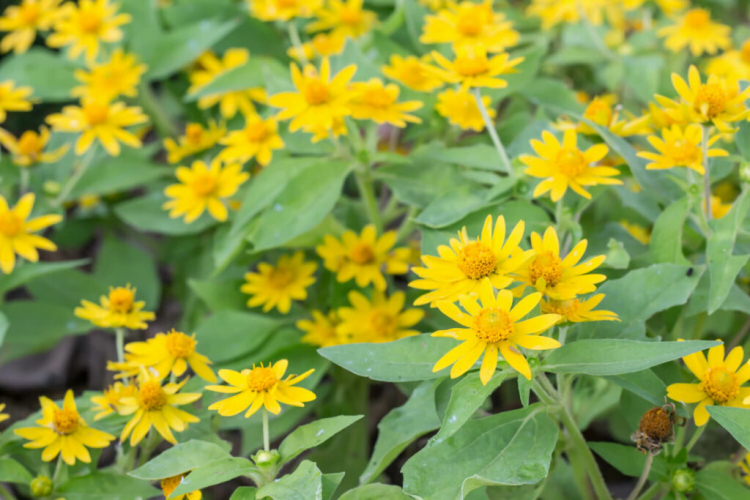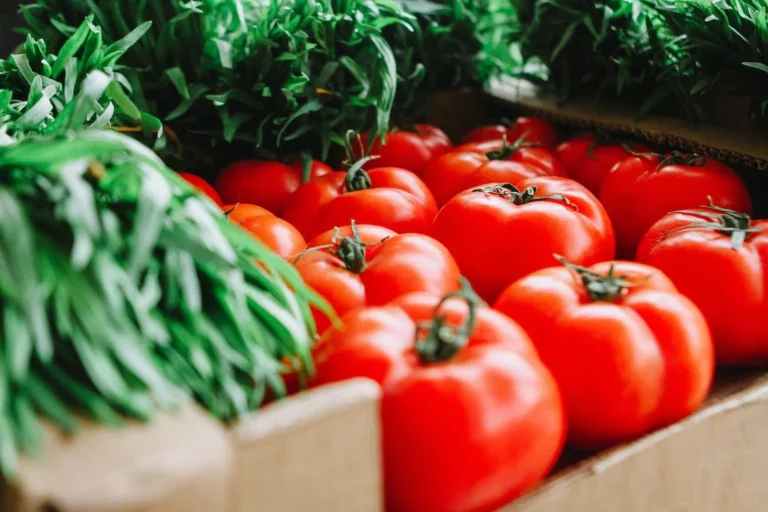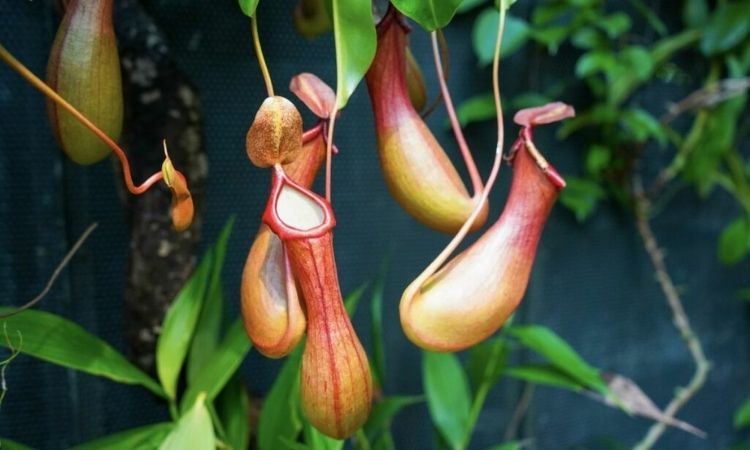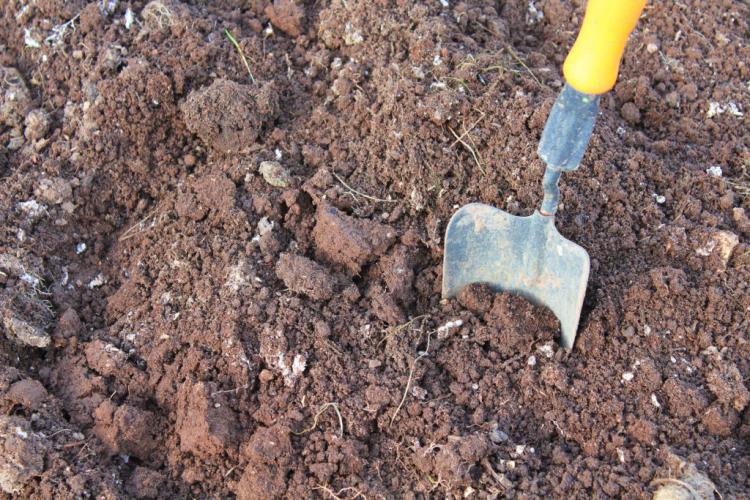Clematis Cutting: Tips From The Experts
Some Clematis varieties grow wildly even without pruning, while others barely bloom. Enough reasons to take a closer look at clematis cutting.
The clematis ( Clematis ), also known as clematis, is one of the most popular ornamental plants in German gardens. Annual pruning is worthwhile for optimal growth, but care differs enormously between the many clematis species. The time of flowering of the respective species is decisive for the right cut.
Cutting clematis: four good reasons
Table of Contents
There are some good reasons why pruning the different types of clematis can be beneficial. We will show why you should cut the popular flower and what types this method is suitable for:
- Thinning out the plant: In this way, enough light comes back inside and the shoots get more space. Particularly recommended for spring-blooming clematis such as Clematis Montana.
- Formation of new shoots and better branching: An annual cut of old branches ensures that fresh shoots sprout. This is recommended for all types of clematis.
- Rejuvenation cut: A radical cut approximately every 4 years to rejuvenate the plant. Particularly worthwhile with bald clematis. The plant is cut down almost completely. This measure can be carried out on all species.
- Renewed blooming in hybrids: In hybrid species that bloom in both spring and summer, it is worth pruning the blooms after the blooming period in spring. In this way, the second bloom formation is enhanced. Particularly suitable for a clematis such as The President.

Trimming clematis properly
For you to be able to carry out the cutting of the clematis optimally, the right time and the right procedure are decisive.
You might so like: 10 Unusual And Exotic Fruit Varieties
Clematis: when to cut?
Whether a clematis should be cut is decided individually depending on the species. As a rule, however, an annual pruning in early winter makes sense for all species, in which the shoots are cut down to a height of 20 to 30 cm. This cut promotes healthy growth for the next year and the offspring of young and fresh shots. The implementation of rejuvenation pruning – if it is necessary – should also be scheduled for the winter.
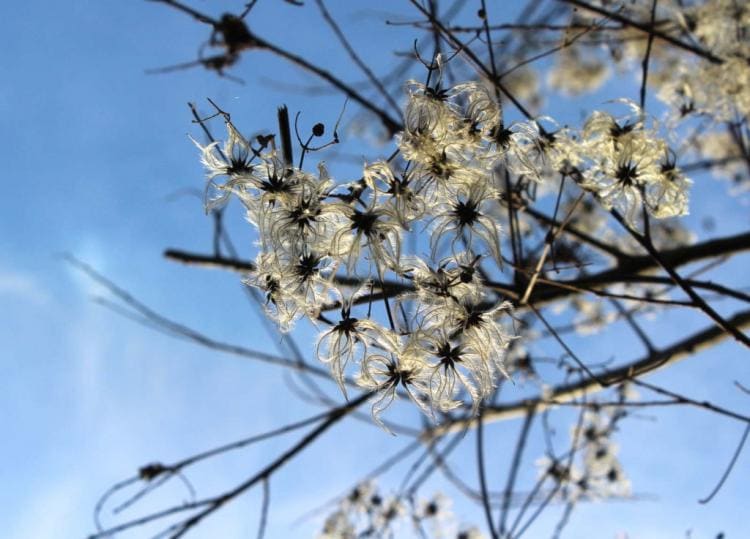
Basically, you should make sure that you cut spring-flowering species such as Clematis Montana, Clematis Alpina, and twice-flowering hybrids immediately after flowering in spring, but never before. Otherwise, you may remove the unopened flower bases and the otherwise abundant flower will not appear. For such species as Clematis viticella, which only blooms in summer, the annual pruning in autumn or winter and removal of the fruit after blooming is sufficient.
Learn more about When to Fertilize Clematis
Cutting clematis: instructions on how to do it correctly
When pruning clematis, the following applies: When thinning out, cut off the shoots at an angle with sharp scissors shortly before the attachment to the main shoot. The sloping shape of the cut means that the water can drain off better and infections are avoided. If you are doing a more radical rejuvenation pruning, you should cut down most of the plant but still leave some buds to sprout again.
You might so like: How To Remove, Recognize And Control A Wasp Nest?

These products are ideal for cutting your shrubs, hedges, and trees:
- Felco Secateurs: Manual pruning shears, pruning shears, and garden shears are recommended for all types of cutting. In addition to plastic-coated handles, it has a precision adjustment system for the blade and anvil blade.
- Felco fruit tree and secateurs: Robust fruit tree and secateurs with wire cutter, juice groove, and micrometer adjustment.
- Gardena telescopic arm scissors: Practical secateurs for effortless cutting of tall trees and dense shrubs from the ground.

